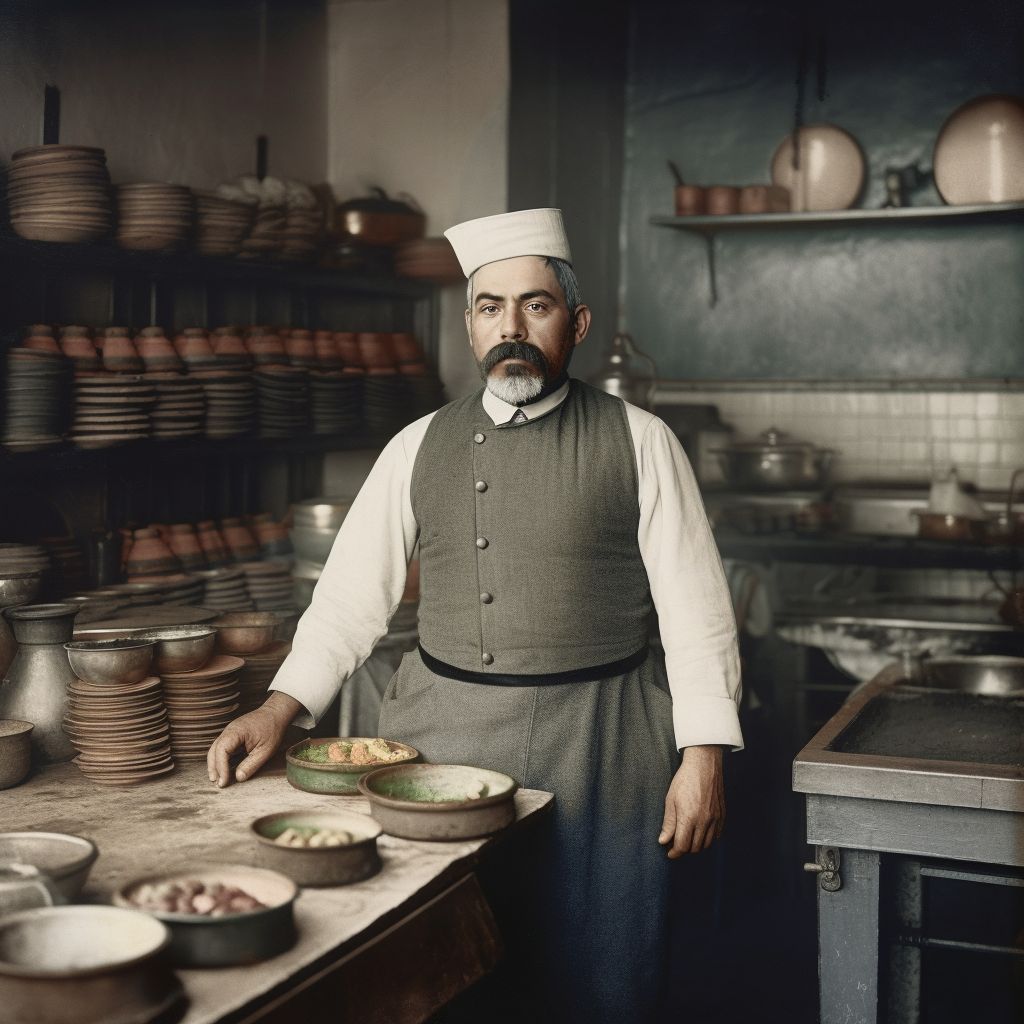Chef
The chef profession has long been recognized for its ability to bring together diverse culinary traditions and create dishes that delight the senses. In 1880, the role of chefs experienced a significant transformation as advancements in technology, particularly the emergence of auto sapient labor, changed the way they prepared and presented their culinary creations. This article aims to provide a comprehensive overview of the chef profession in 1880, with a focus on the impact of auto sapient labor on food preparation.
The Role of Chefs
Chefs are highly skilled professionals responsible for the creation, preparation, and presentation of dishes in various dining establishments, such as restaurants, hotels, and private homes. They combine their extensive knowledge of ingredients, cooking techniques, and flavor combinations to create unique and memorable meals for their patrons. In addition to their culinary skills, chefs are also responsible for managing the kitchen staff, ensuring the cleanliness and organization of the workspace, and maintaining a high level of food safety and hygiene.
The Emergence of Auto Sapient Labor
The advent of auto sapient labor in the 1870s brought about significant changes in various industries, including the culinary world. These highly advanced automatons, often referred to as "steelies," were powered by sophisticated Mental Circuitry that enabled them to learn and adapt to a wide range of tasks, making them ideal assistants in the kitchen.
Impact on the Chef Profession
The introduction of auto sapient labor had a profound impact on the chef profession, as these steelies could be programmed to perform a variety of tasks in the kitchen, from chopping and dicing ingredients to stirring and mixing. By delegating more labor-intensive and repetitive tasks to the automatons, chefs were able to focus on the more creative and nuanced aspects of their work, such as developing new recipes, refining their techniques, and presenting dishes in innovative ways.
Furthermore, auto sapient labor allowed for greater efficiency and consistency in food preparation, as steelies could be programmed to execute tasks with remarkable precision and speed. This resulted in a reduction of food waste, as well as improvements in the overall quality and presentation of dishes.
The use of auto sapient labor also had a positive impact on the working conditions of chefs and kitchen staff. With steelies handling many of the more strenuous and time-consuming tasks, chefs were able to better manage their workload, reduce the risk of injury, and maintain a more balanced work-life.
Conclusion
The chef profession in 1880 was significantly influenced by the emergence of auto sapient labor, which brought about improvements in efficiency, consistency, and creativity within the culinary world. As chefs continued to harness the potential of these advanced automatons, the art of cooking was propelled to new heights, paving the way for a new era of gastronomy.
Type
Culinary

